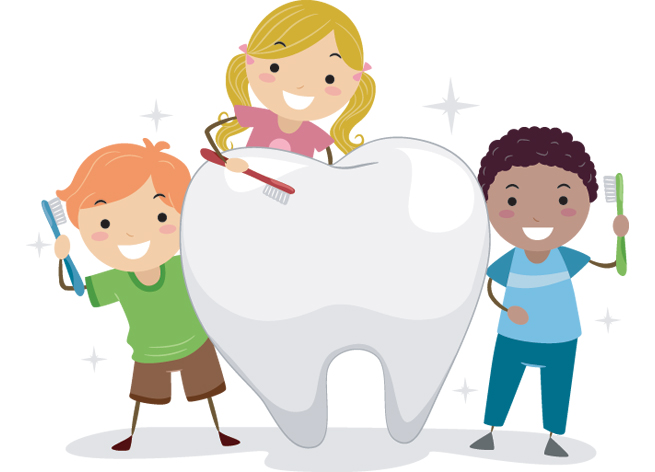Toothbrushes; which one is right for me and why?
Manufacturers are producing a greater variety of toothbrushes incorporating different designs for handles, heads and bristles.
Currently, dental professionals recommend the following:
- for children, a small toothbrush head, approximately 20 mm X 10 mm;
- for adults, a slightly larger toothbrush head, approximately 22-28 mm X 10-13 mm.
A general guide is that the size of the brush should be selected to suit mouth size, with smaller brushes being more suited to smaller mouths. Whether straight handles or angled handles are used is a matter of personal preference. People who experience some difficulty cleaning their back teeth are advised to use an angled brush. Fundamentally, the best brush is the one that enables the user to clean their teeth thoroughly without causing trauma.
The frequency with which you should replace your toothbrushes has yet to be correlated with oral health. The most helpful guide is to replace a toothbrush when the bristles begin to show signs of wear. Toothbrush handles can also be adapted to improve the grip by the user. Electrical or battery operated toothbrushes are often useful for people who have difficulty holding an ordinary toothbrush, such as persons with poor motor control or a physical disability.
In short;
- Toothbrushes should be replaced when bristles show signs of wear.
- Brushing is more effective with multi-tufted, small-headed toothbrushes with soft to medium nylon filaments and a comfortable handle.
- Powered brushes with brush heads that rotate first in one direction and then the other (oscillate/rotate) are more effective at removing plaque than manual toothbrushes and can reduce gingivitis if used for over 3 months.
For more information on finding the correct brush for you; book an exam with one of our general dentists here
How to look after your child’s teeth from day 1
Good dental habits begin early in life and can keep teeth strong and healthy and provide a good start for adult teeth. Here are some simple steps you can take to make sure your child has the best foundation for a healthy, happy smile:
- It’s not the amount of sugar in food or drink that causes damage to childrens’ teeth, it’s the number of times they have sugar. Keep sugary foods and drinks to meal-times only and try to avoid snacks containing sugar between meals. Healthy snack options include fresh fruit, vegetables, plain yoghurts, cheese and bread.
- Milk and water are the most tooth-friendly drinks. Try to keep all fruit juices and squashes to meal- times only.
- Other kinds of sugar harmful to teeth include glucose, maltose and sucrose, so always remember to check the label on foods and drinks.
- Remember- ‘Low sugar’ or ‘no added sugar’ labels do not always mean that the food or drink is sugar-free.
- Don’t let your child sleep with a bottle or soother in his or her mouth.
- Never ever dip your child’s soother in sugar, honey or anything sweet before giving it to them.
- Do not forget to brush the teeth after the last feed of the day.
Schedule a dental exam for your child today and make sure they have the best foundation for a healthy, happy smile all through their life.


Leave A Comment